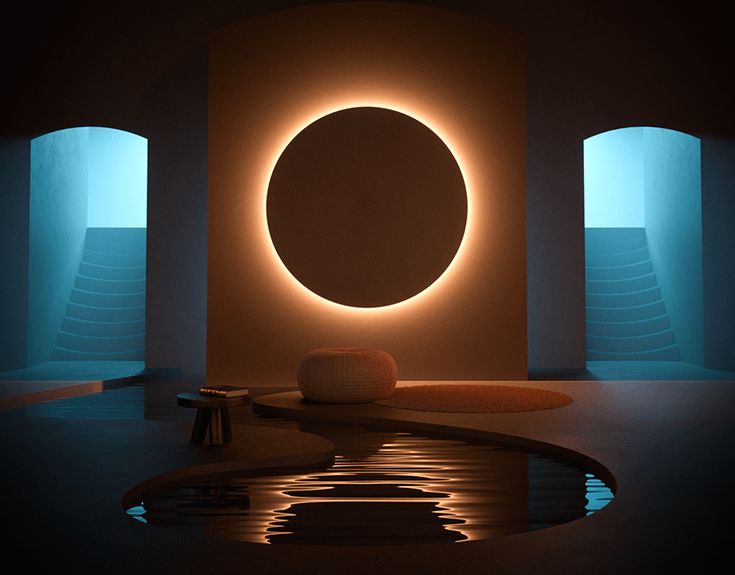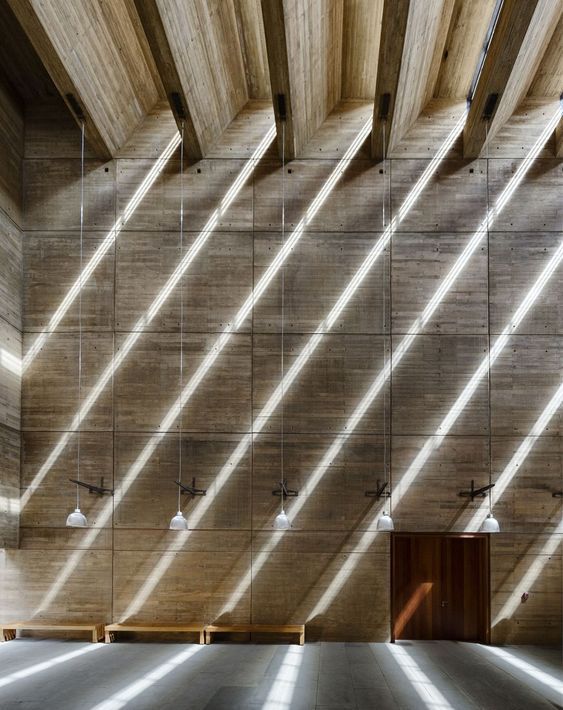Lighting design is a creative and technical process in which light is planned and arranged to create a balanced, attractive, and functional environment. This process includes the selection, placement, and control of light sources to achieve aesthetic and functional goals in indoor or outdoor spaces.
The importance of lighting design:
- Improvement of quality of life: Proper lighting can enhance productivity, relaxation, and even mood.
- Energy savings: Optimal design using energy-efficient lamps and natural light reduces energy costs.
- Aesthetics and added value: Professional lighting design beautifies the environment and increases the value of the space.
- Better functionality of spaces: Correct lighting design prepares spaces better for specific needs, ranging from residential to commercial and industrial areas.
In summary, lighting design is a combination of science, art, and technology aimed at creating functional and pleasant spaces.

Steps of Lighting Design
Lighting design is the art of creating a pleasant and efficient space using light. This process encompasses various stages, from ideation to final implementation. The steps are as follows:
- Space and Needs Analysis:
- Space Use: Determine the purpose of the space (residential, commercial, office, etc.), as different spaces require varying lighting needs.
- Dimensions and Geometry: Factors like space size, ceiling height, and the shape and size of windows and doors affect light distribution.
- Materials Used: Wall, floor, and ceiling materials impact light reflection and absorption.
- Natural Light: Assess the amount of natural light entering the space and how to integrate it into the lighting design.
- User Needs: Identify user preferences in terms of lighting, color temperature, and atmosphere.
- Defining Design Goals:
- Creating Ambiance: Lighting can set different moods, such as calmness, energy, focus, or romance.
- Highlighting Elements: Use light to emphasize specific features like artwork, furniture, or architecture.
- Creating Depth and Dimension: Lighting can add depth to a space, making it appear larger or smaller.
- Visual Control: Direct attention to specific areas or hide others using light.
- Selecting Light Sources:
- Lamp Type: Choose the type of lamp (LED, fluorescent, halogen, etc.) based on efficiency, lifespan, energy consumption, and color temperature.
- Light Intensity: Determine the required brightness for each area based on standards and usage.
- Light Color: Select light color temperature (Kelvin), as it influences mood. Warm light suits relaxing spaces, while cool light is ideal for work environments.
- Designing Lighting Plan:
- Lighting Layout: Prepare detailed layouts showing the placement, beam angles, and light intensity of each source.
- 3D Modeling: Use design software to simulate the lighting and visualize the results before execution.
- Implementation and Installation:
- Equipment Installation: Accurately install lighting fixtures per the design plan.
- Light Adjustment: Fine-tune light intensity, color, and beam angles to achieve the desired outcome.
- Evaluation and Modification:
- Performance Assessment: Test the lighting system under various conditions and make necessary adjustments.
- Feedback Collection: Gather user feedback and implement final changes.

Types of Light Sources in Lighting Design
Lighting is a key element in interior and exterior design that can dramatically transform your space. Choosing the right light source greatly impacts the atmosphere and appearance of the environment. Below are the types of light sources used in lighting design:
Natural Light Sources:
- Sunlight: The main and most widely used natural light source. Sunlight makes colors appear more vibrant and brings energy and life to the space.
- Moonlight and Starlight: Suitable for creating a calm and romantic atmosphere.
Artificial Light Sources:
- Incandescent Lamps: Produce warm and pleasant light but have high energy consumption and are gradually being phased out.
- Fluorescent Lamps: Provide cooler light compared to incandescent lamps and consume less energy.
- Compact Fluorescent Lamps (CFL): A suitable replacement for incandescent lamps with significantly lower energy consumption.
- LED Lamps: The newest and most efficient type of lamp, with very low energy consumption, longer lifespan, and availability in various colors.
- Halogen Lights: Produce warm and intense light, commonly used for accent lighting.
- Neon Lights: Used for creating colorful lighting effects and specific designs.

Lighting Design Services by Shamim Andisheh Company
Shamim Andisheh Company, leveraging modern knowledge and a team of specialists, offers professional lighting design services for both indoor and outdoor spaces. These services include decorative, accent, task, and general lighting design for residential, commercial, office, and recreational environments.
Our goal is to create spaces where proper lighting brings beauty, functionality, and positive energy. With the use of advanced technologies and high-quality equipment, combined with attention to customer needs and preferences, we strive to be a reliable choice for your projects. Experience a level of lighting that exceeds your expectations!

 English
English العربية
العربية

















